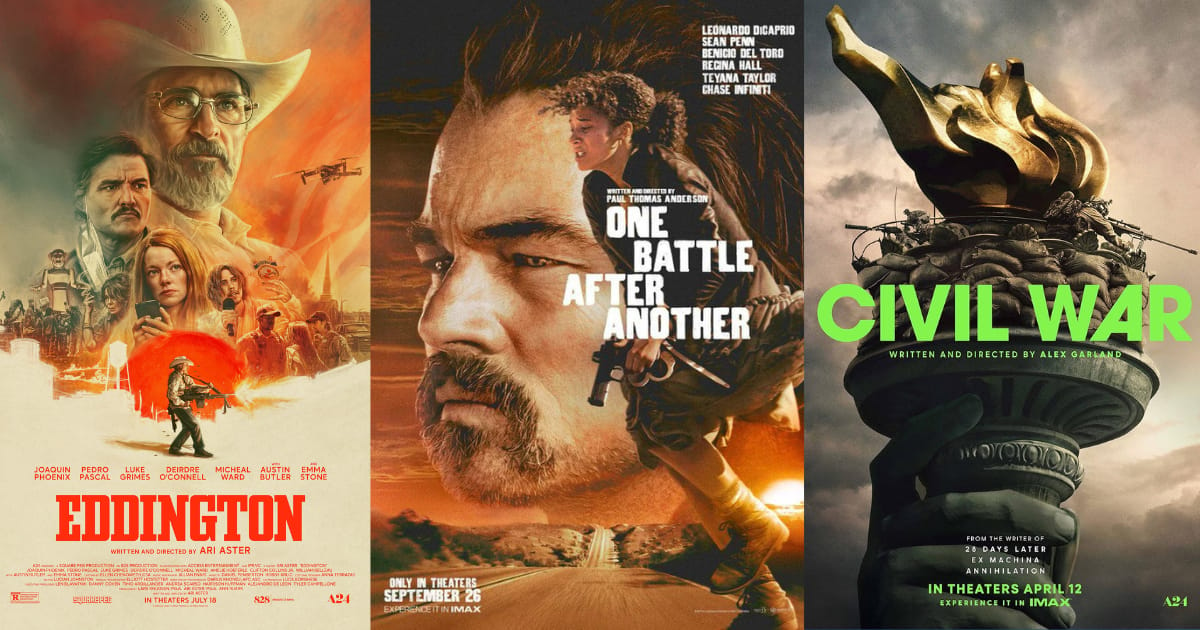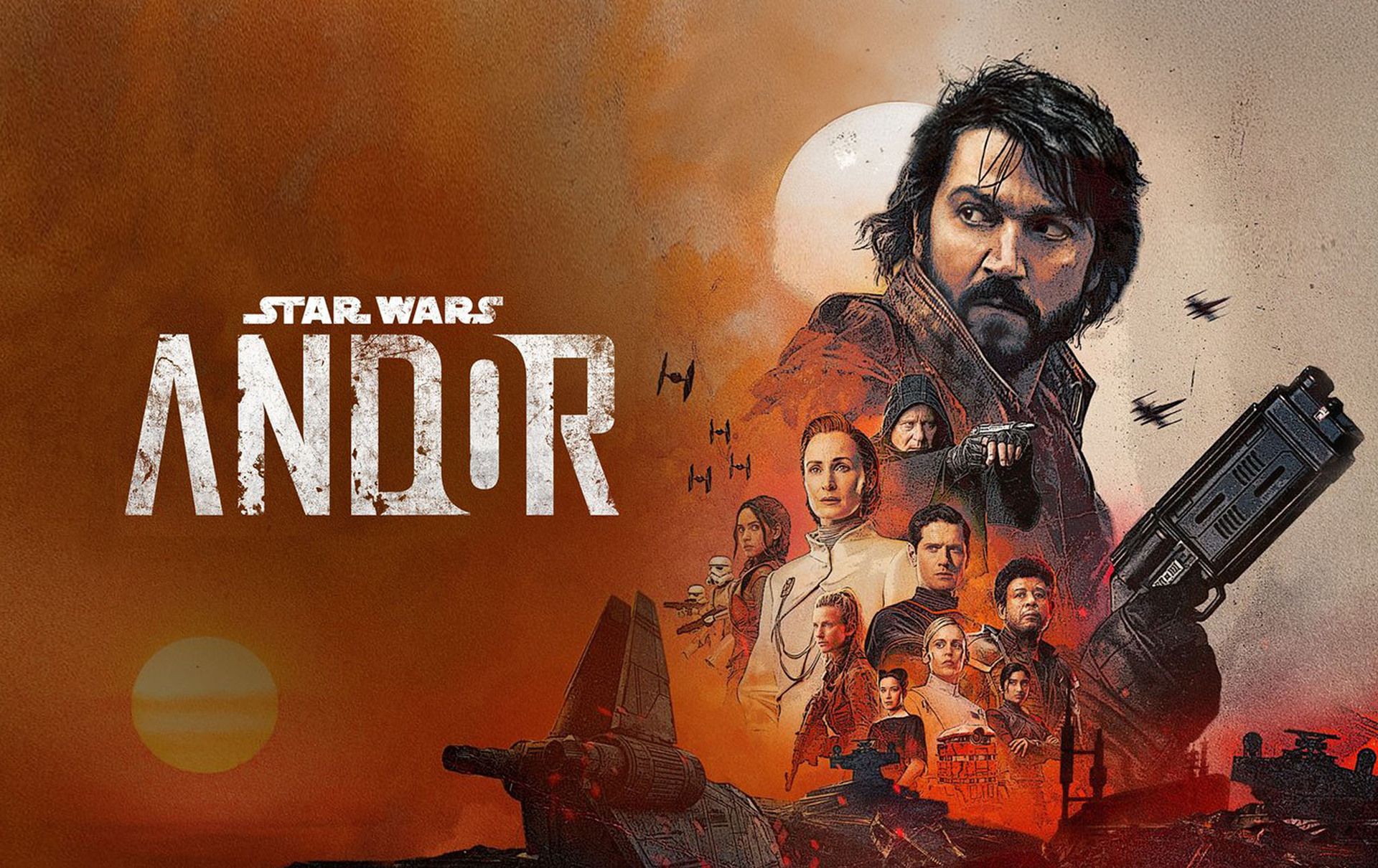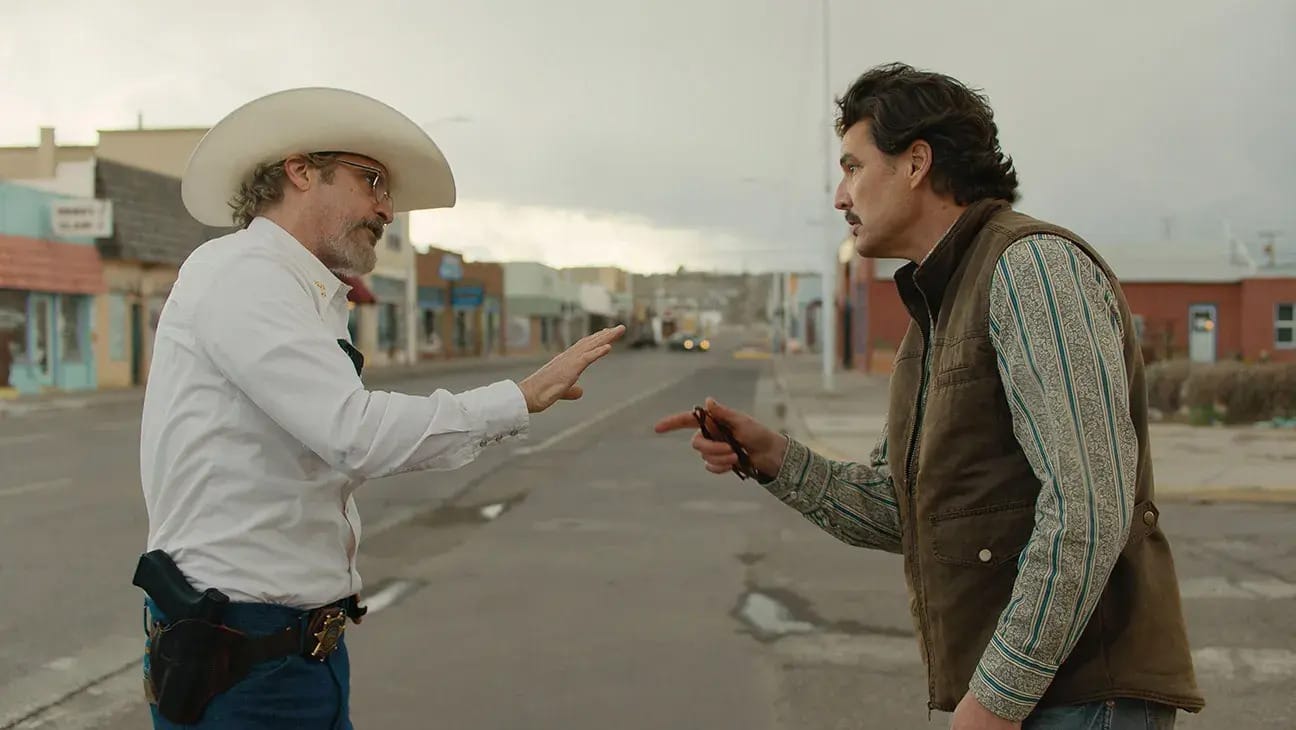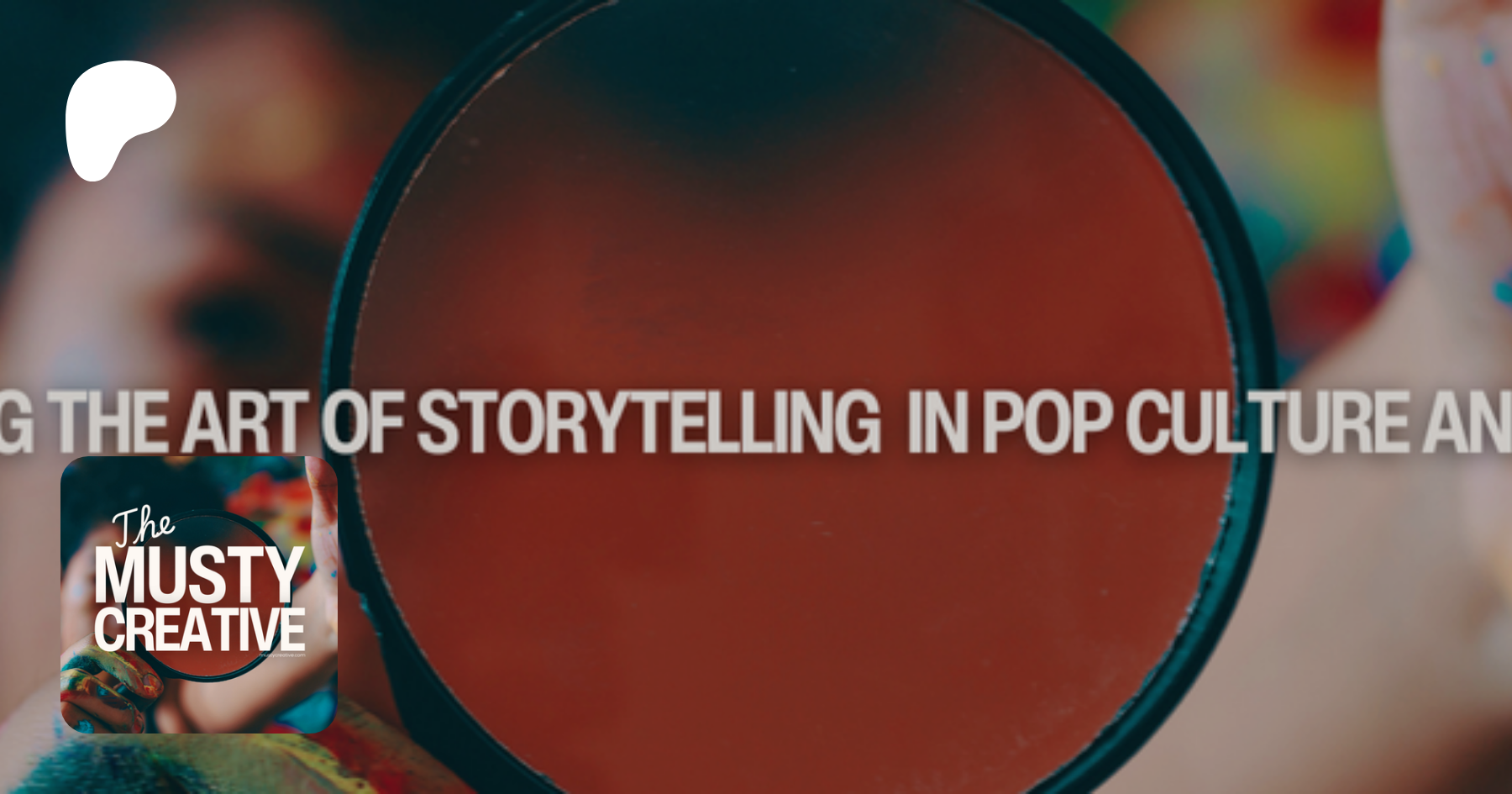- The Musty Creative
- Posts
- The American Dystopian Trilogy You Need To See
The American Dystopian Trilogy You Need To See
Is it too late to change our future?

Within the last few years, a common thread has been running through the collective consciousness of the film industry. Stories like Andor on Disney+ have offered chilling portrayals of power, oppression, and rebellion—echoing not just galaxies far, far away, but the realities much closer to home.

The idea that those in power oppress the weak while the courageous few rise to fight back isn’t new. History, literature, and sacred texts all tell the same story: light versus darkness, truth versus deception, freedom versus control. But lately, these stories have begun to feel less like fiction and more like a reflection of the world we’re living in.
Whether we like it or not, film has always been an artistic record of society. It doesn’t just entertain; it reveals. “Write what you know,” they say—and what we know today is war, racism, and greed. We know division because we’ve experienced it, not only in our government, but within our own homes. We know the weight of living in a world where unity feels nearly impossible and truth is negotiable.
After watching Eddington, One Battle After Another, and Civil War, it was clear to me that these films not only tell a story individually, but also as a collective. This dystopian trilogy is an amalgamation of where we’ve been, where we are, and where we could end up if things don’t change.
Eddington – Where We’ve Been
In Eddington, we are transported to the early days of the COVID-19 pandemic—a moment that now feels like both yesterday and a lifetime ago. The film captures the fragile threads holding a community together as fear, isolation, and misinformation begin to unravel them. A standoff between a small-town sheriff and mayor in Eddington, New Mexico, becomes a microcosm of the national tension that was quietly brewing beneath the surface.

What’s striking about Eddington is how ordinary everything feels. The story doesn’t take place in a grand city or during a large-scale riot—it happens in a quiet town where everyone knows each other. That’s what makes the division so painful. The film reminds us that polarization can end in literal violence and death.
Through its lens, we see how easily fear can distort truth, how quickly compassion can give way to suspicion, and how “us versus them” can grow out of something as simple as disagreement. Eddington becomes not just a record of where we’ve been, but a warning of how fragile our social fabric truly is.
One Battle After Another – Where We Are
If Eddington is about the spark that ignites division, One Battle After Another is the wildfire that has been ravaging our society. Sixteen years after a revolution that tore people apart, a group of ex-revolutionaries reunite when one of their own is forced to confront an old enemy. What follows is not just a physical rescue mission—it’s an emotional reckoning with the past.

In many ways, One Battle After Another functions as the second act of this larger American narrative—a story caught between where we’ve been and where we’re headed. In classic storytelling, the second act is where the tension tightens, the heroes are tested, and the consequences of past actions come into full view. It’s the messy middle—the place where doubt creeps in, alliances fracture, and the path forward grows uncertain.
That’s exactly where this film meets us. The characters find themselves wrestling with the aftermath of their choices, carrying the emotional scars of conflict that refuses to fade. It’s not just about a fight against an external enemy; it’s a battle within—a reckoning with pride, regret, and the cost of survival.
One Battle After Another mirrors the state of America today: weary, divided, yet still searching for meaning in the chaos. It reminds us that before any story reaches its resolution, it must first pass through struggle. The second act is where we discover who we truly are—when endurance becomes more powerful than victory, and the desire for healing begins to outweigh the need to win.
Everything is building toward the inevitable climax—the point where a choice must be made. Will we continue down the same path of division, or will we choose something different, something redemptive? The answer, as in any great story, will define how it ends.
Civil War – Where We Could Go
Then comes Civil War, the haunting conclusion of this timeline—a look into what could happen if our divisions are left unchecked. In this near-future America, the nation has finally imploded under the weight of its own polarization. As four journalists travel across a crumbling landscape to reach the White House before the president is overthrown, the story becomes less about politics and more about humanity’s last attempt to remember itself.

What makes Civil War so powerful is its realism. The film doesn’t rely on exaggerated villains or far-fetched scenarios. Instead, it feels disturbingly plausible—a chilling “what if” that exposes where unchecked rhetoric, misinformation, and tribalism can lead.
Along their journey, the journalists encounter the remnants of a country that has lost its ability to communicate, to empathize, to see one another as human. Their cameras capture not just the destruction of infrastructure, but the collapse of trust—the one thing that holds any society together.
In many ways, the film asks: What will it take for us to realize what we’re losing before it’s gone? It’s both a warning and a mirror, forcing us to consider how fragile peace really is when truth becomes subjective and empathy becomes optional.
A Cautionary Reflection
Viewed together, these films form more than a trilogy—they create a moral timeline. Each story captures a piece of America’s soul: the fear that divides us, the anger that blinds us, and the small, flickering hope that still refuses to die.
They remind us that we are not just witnesses to history; we are participants in it. The decisions we make—how we speak, how we treat one another, what we choose to believe—shape the world our children will inherit.
Healing requires humility. It asks us to admit that maybe we’ve been wrong, that maybe the “other side” isn’t as distant as we’ve imagined. It starts when we lay down our pride long enough to remember that we are, at the end of the day, one people.
These films are a warning—but they’re also an invitation. An invitation to step back from the edge, to rebuild what’s been broken, and to remember that our greatest strength has always come from our ability to stand together.
If Eddington, One Battle After Another, and Civil War teach us anything, it’s that the story of division doesn’t have to be our ending. The power to write a better future—one of unity, compassion, and shared hope—still rests in our hands.
The Future of AI Communication Starts Here
Every day great ideas fade because turning complex thinking into clear communication takes time most people do not have.
Pressmaster.ai changes that. It captures how you think, amplifies it into powerful communication, and shares it in your authentic voice.
This is not about writing faster. It is about thinking louder.
Join us on October 15 at 12 PM ET or 6 PM CET for The Worlds First AI Built for Cognitive Amplification.
Discover how one short conversation becomes thirty days of strategic and market ready content.
Be part of the launch of a new category where AI becomes part of your cognitive architecture.


